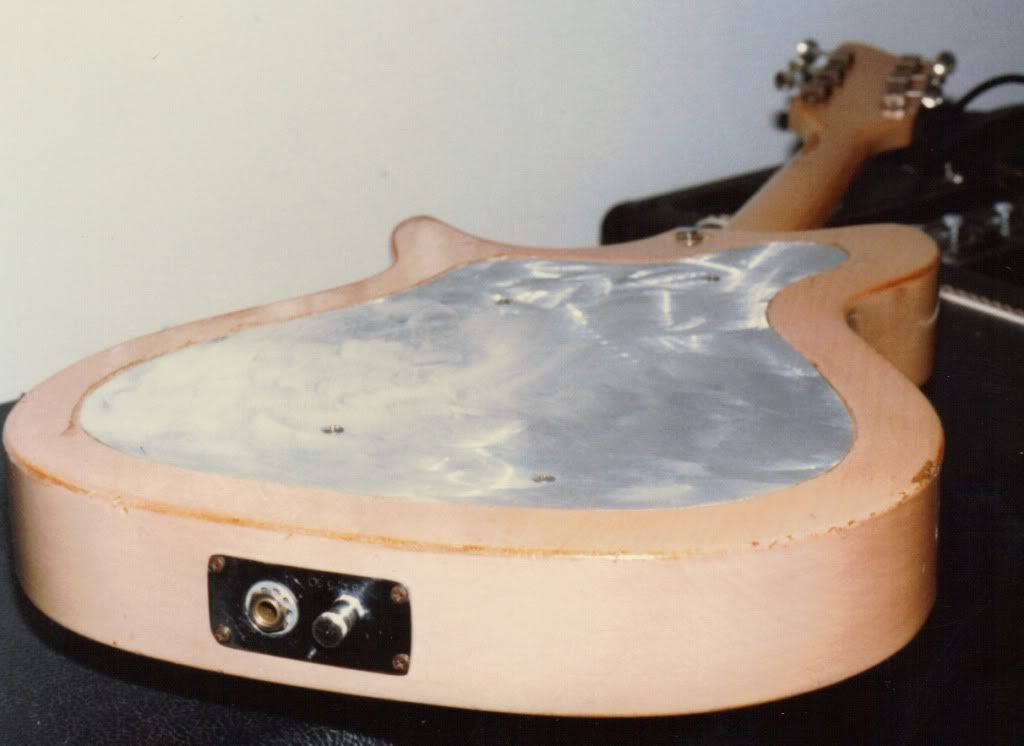Postby Deke Dickerson » Fri Jul 31, 2009 12:02 am
Hey Terry!
The guitar is looking great! (I got to see it when Larry first sent it to Terry, and it looked pretty bad) Glad to see the Larrico will rock once again.
As far as the Carvin bridge is concerned, I don't think they were made by Bigsby even though Carvins used Bigsby tailpieces on their high-end models in the 50's and 60's. The bridge piece--just like the ones on some of the Rickenbacker 450's and Electro student models--look to me to be Bigsby bridge COPIES, I think they tried to copy the intonation feature but they weren't made by Bigsby, because they don't look like his castings.
The easiest source for vintage Carvin parts is just to rob them off an old Carvin! The guitars are cool, but pretty basic and homely, I love 'em but I certainly don't think they are sacred cows. Of course, I agree with you that the Bigsby bridge and the tune-o-matic base is a pretty good compromise.
And I think you hit the nail on the head--I think the forstner bit "hog out" on the back of those guitars was done post-finish in an attempt to bring down the weight. Every one of Semie's 50's guitars was super-heavy, and I'm guessing after the artist played the guitars a few times, they came back to Semie and asked to make them lighter.
I have no idea who Stan Welch was, but the same basic design was used on a lot of the pre-Bakersfield guitars: german carved top, flat back with the wood "hogged out" from the back, big plate over the back. I think he learned that from Rickenbacker, they used that same method on their first series of spanish electrics from the 1950's--the Combo 400 and Combo 800 models. If you look at those Rickenbackers carefully (the Paul Barth designed models that predated the Roger Rossmeisl designed models), they are sort of the missing link guitars between Bigsby and Mosrite. You can see where Semie got all of his ideas--Paul Barth and Roger Rossmeisl, with a sprinkling of Paul Bigsby.
Deke


.jpg)
